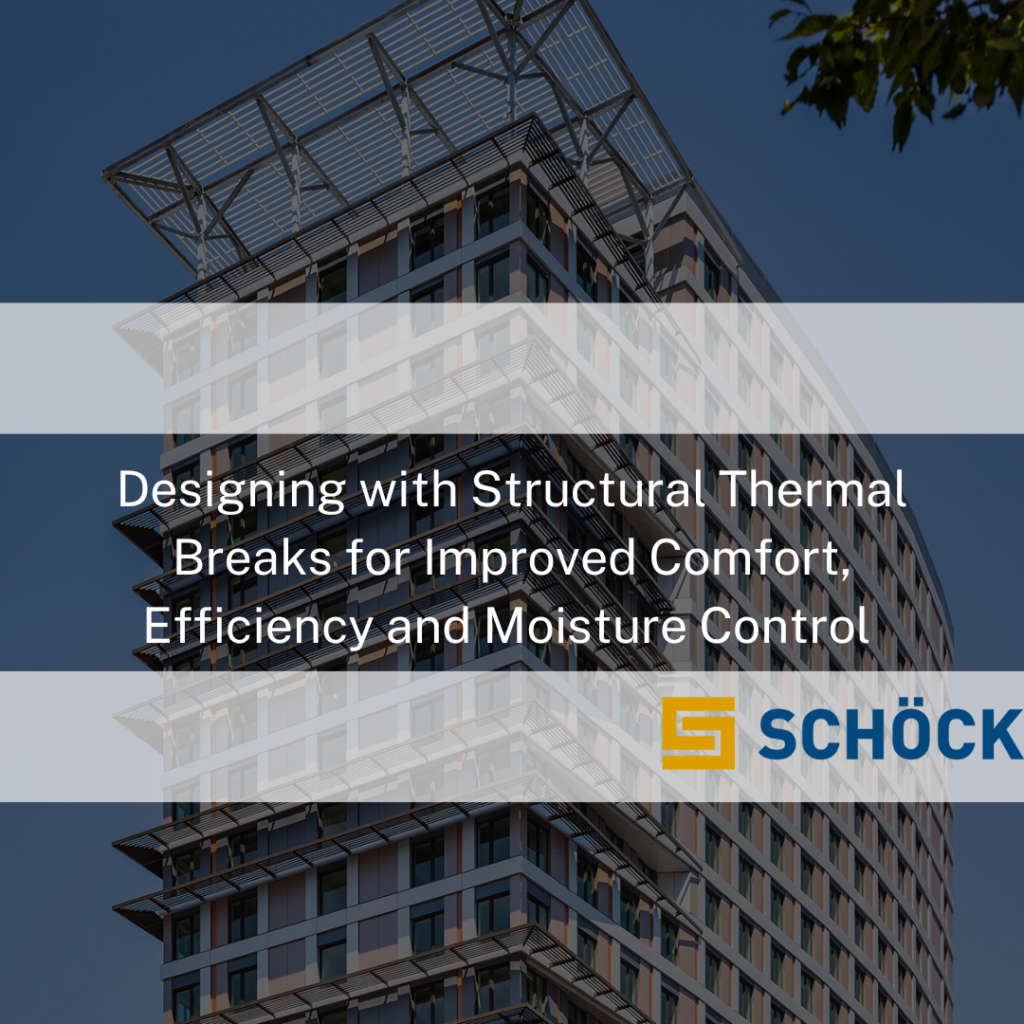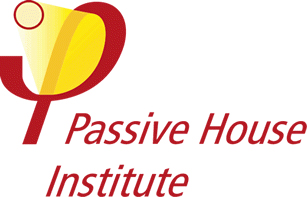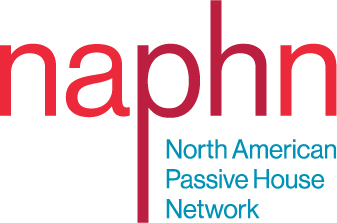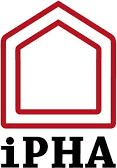
COURSE DESCRIPTION:
Concrete slabs and steel beams that project through the building envelope, such as those used in the construction of balconies, canopies and parapets, break the insulation layer and create thermal bridging. Incorporating a thermal break within structural elements significantly improves the thermal performance of building envelopes and helps avoid costly issues down the road.
This course discusses solutions to thermally separate the external components from the insulated interior of the building, minimizing thermal bridging, energy loss and moisture issues. Attendees will learn the benefits of incorporating structural thermal breaks, as well as the concerns and potential issues when they are not included. We will also discuss design best practices, local building code requirements and how thermal breaks can contribute to certifications such as Passive House.
LEARNING OBJECTIVES:
- Why, how and where thermal bridging occurs and the three primary problems it causes.
- Why it is more important now than ever to address thermal bridging effectively.
- How to incorporate structural thermal breaks into your design for maximum benefits regarding energy efficiency, structural integrity, and health and wellbeing of building occupants.
- What to expect and look for when working with a structural thermal break supplier.
CHRIS’ BIO:

Chris Ford is the Eastern USA Regional Sales Manager for Schöck North America and has been with the company since 2016. He holds a bachelor’s degree in Systems Engineering from Stevens Institute of Technology, and specializes in technical consulting for engineering and construction projects.
Chris is a Certified PMP, LEED Green Associate and Certified Green Roof Professional. Prior to joining Schöck, Chris lent his expertise to numerous projects for Stantec Engineering, Tishman Construction and LEHR Construction, and worked on MTACC’s East Side Access transportation project.

























